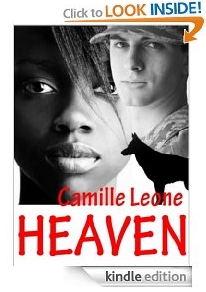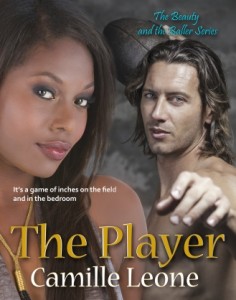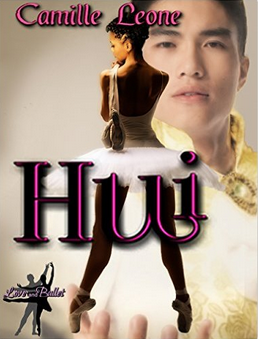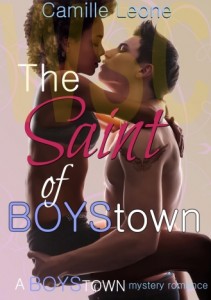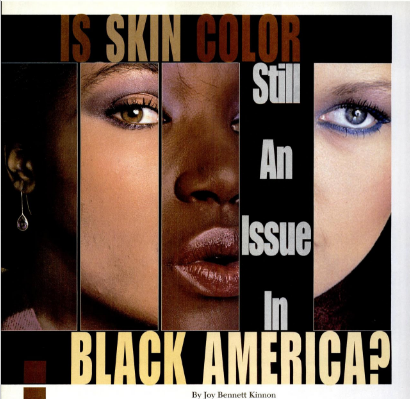Black Beauty: “Flexin’ in my Complexion”
Please, please support Flexin’ in my Complexion, the brainchild and creation of a then ten year old (now eleven) entrepreneur Kheris Rogers:
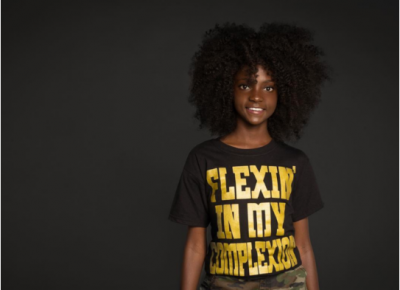
“Kheris Rogers can’t forget the grade school humiliation. During an assignment where the students had to draw themselves, the teacher handed the shy dark-skinned girl a black crayon instead of a brown one.
“I was the darkest of all of them,” the stunning 11 year old recalls of her classmates. “But they were all African-American.”
Rogers had earlier transferred from another school to escape the incessant bullying. It didn’t work. Her complexion set her apart, a label she couldn’t shed.
But now Rogers owns her label, literally. Her clothing line is called “Flexin’ In My Complexion.” The brand has caught fire among some big celebrities. . . ”
Read the full article by Elizabeth Elkin and Ben Burnstein on CNN: https://www.cnn.com/2018/07/20/health/sisters-anti-bullying-clothing-line-trnd/
Kheris turned this into a teachable moment. Now her clothing line is taking off!
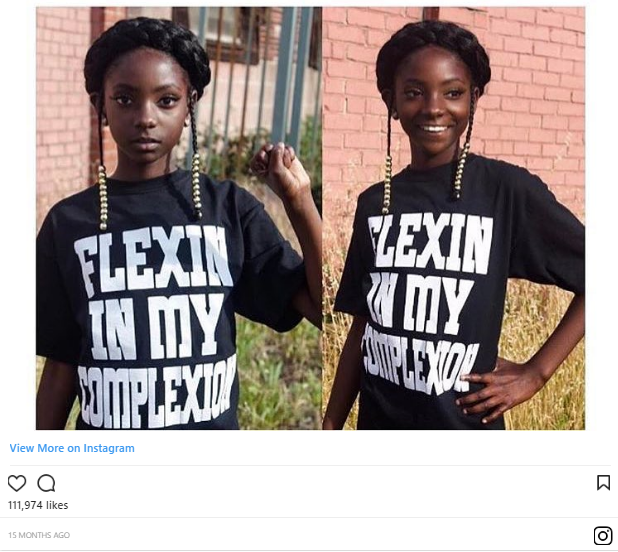
Oscar winner Lupita N’Yongo is also proudly “Flexin’ In My Complexion.”
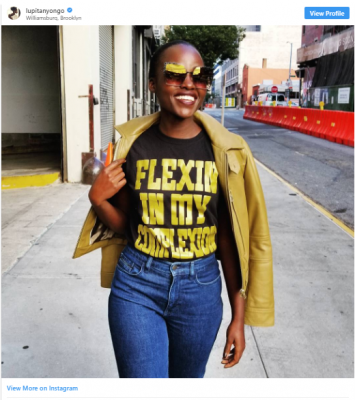
If any reader isn’t convinced that this issue is real, please read this speech by Lupita in 2014: http://wikkidsexycool.com/2014/03/06/waiting-on-the-world-to-change/
What Kheris experienced was intra-racism. Black on black bullying due to her dark skin. For others, it can be because they’re not dark (or their outward appearance, such as their hair and features don’t appear “black”, and thus, some will claim that they’re not black enough).
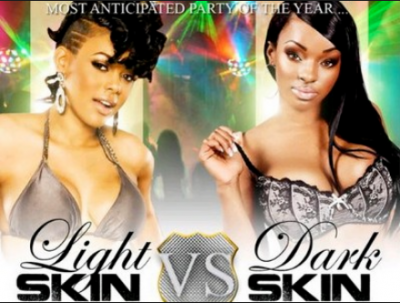

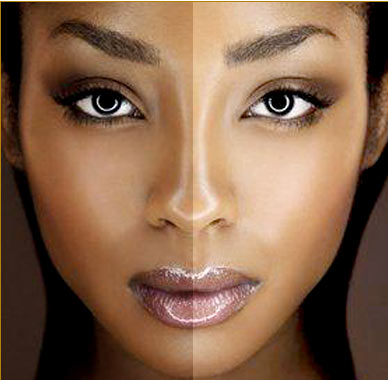
Colorism isn’t limited to women. Males are affected also. I won’t post his before and after photos here, but baseball great Sammy Sosa is an example of how colorism can even affect someone with Sosa’s stature.
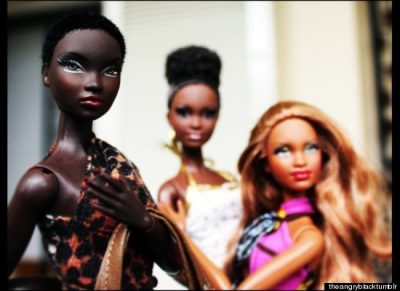
Now, for a bit of history. Ranking black individuals is nothing new, and in America, it was practiced during slavery (lighter slaves with more white looking features worked in the Master’s home, while darker slaves usually worked in the fields). There’s the “brown paper bag test” that was used during segregation (skin color checked against a paper bag) and also a poem that went like this:
If you’re white, you’re all right
In you’re brown, stick around
If you’re black, get back . . .
Ebony Magazine article from 2000: https://preview.tinyurl.com/y8e9odhu
In some versions, the phrase “if you’re yellow, you’re mellow” was added, or “if you’re light, you’re all right” substituted for white. It just depended on which poem made the rounds in your neighborhood back in the day.
I also can’t neglect to add the lines some people still utter: “you’re pretty for someone so black” or “you’d be pretty if you weren’t so black”
It’s colorism at its worst, or as my mom used to say, “colorstruck” and its a shame that its still practiced worldwide. Colorism was practiced against Italians, Irish and Polish coming to America, and today (see Donald Trump quotes on immigrants who’d MAGA, in his eyes)
While some cultures justify it through ecomonic means (darker skin means lower class worker, lighter skin signifies wealthier status) Remnants of a mindset that does not value the beauty of dark skin continue to pop up:
Even today, major publishers shy away from putting darker skinned models on their covers. Light or racially ambigous models are usually used or, in some cases, there is no representation of the book’s character of color:
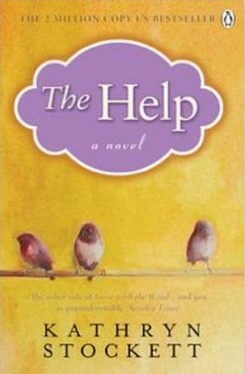
The cover that was used in England:
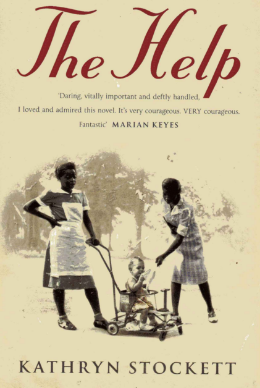
Sci-fi author Nnedi Okorafor speaks about it here: https://www.attn.com/stories/15719/young-adult-author-speaks-out-against-book-cover-whitewashing
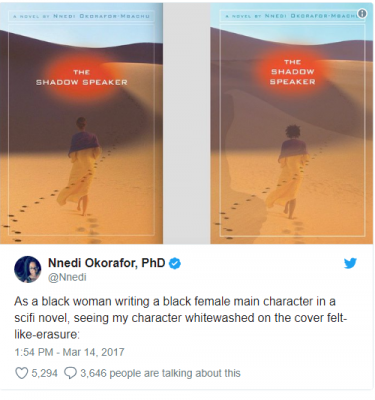
The late writer Ursula Le Guin also lamented the whitewashing of her novels on television:
“Most of the characters in my fantasy and far-future science fiction books are not white. They’re mixed; they’re rainbow. In my first big science fiction novel, The Left Hand of Darkness, the only person from Earth is a black man, and everybody else in the book is Inuit (or Tibetan) brown. In the two fantasy novels the miniseries is “based on,” everybody is brown or copper-red or black, except the Kargish people in the East and their descendants in the Archipelago, who are white, with fair or dark hair. The central character Tenar, a Karg, is a white brunette. Ged, an Archipelagan, is red-brown. His friend, Vetch, is black. In the miniseries, Tenar is played by Smallville‘s Kristin Kreuk, the only person in the miniseries who looks at all Asian. Ged and Vetch are white.
My color scheme was conscious and deliberate from the start. I didn’t see why everybody in science fiction had to be a honky named Bob or Joe or Bill. I didn’t see why everybody in heroic fantasy had to be white (and why all the leading women had “violet eyes”). It didn’t even make sense. Whites are a minority on Earth now—why wouldn’t they still be either a minority, or just swallowed up in the larger colored gene pool, in the future?”
http://www.slate.com/articles/arts/culturebox/2004/12/a_whitewashed_earthsea.html
Sometimes even light complexioned black women aren’t deemed light enough, so digital altering is used:
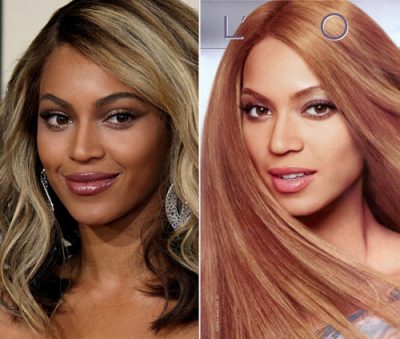
Long story short, colorism is still a problem. But when it rears its ugly head, it can be a teachable moment.
And as an author of color, I don’t (and won’t) shy away from writing about it, or creating covers that show the diverse beauty that women of color possess worldwide:
